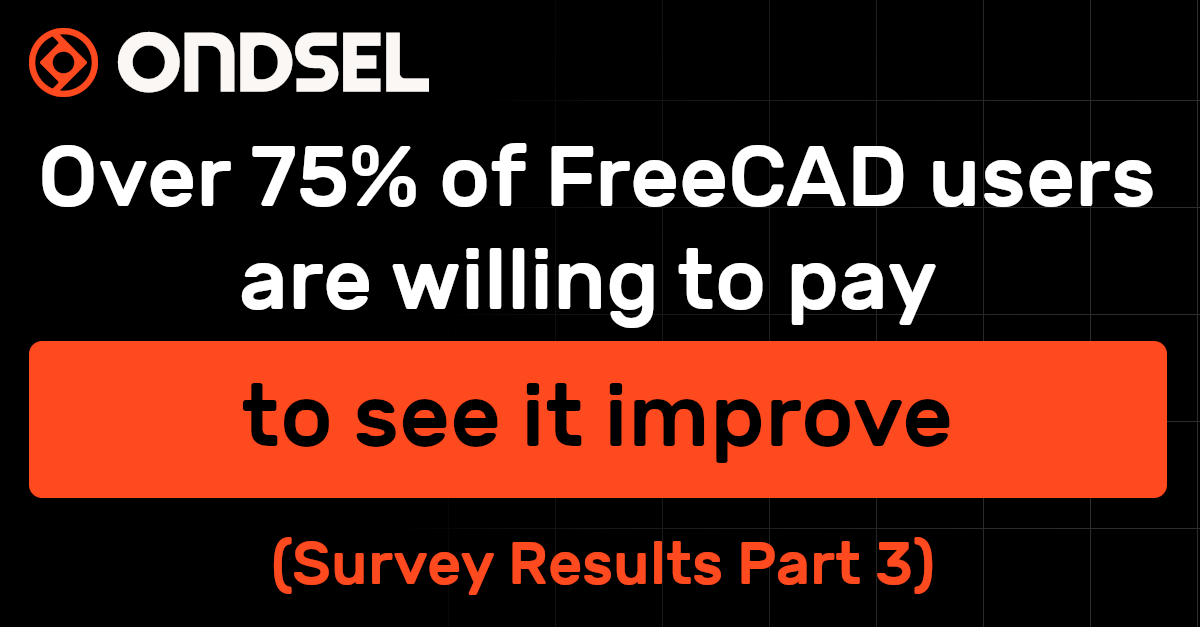From the article:
Note: as a for-profit company, we are certainly interested in knowing what users are willing to pay for. If we’re going to survive, we have to do that. But that was not our primary motivation in asking these specific questions. FreeCAD is not only free-as-in-speech, it’s also free-as-in-beer. We wanted to know if that was the main reason that people use it.
Our thinking is that if users are willing to sacrifice financially to make the software better, then it means they value the ‘free-as-in-freedom’ aspect of FreeCAD even more. It would give us confidence that we can build a business model that gives users real value and is also financially sustainable. We were blown-away by the results.


So far, they have not shown themselves to be bad actors. Their current business model is to contribute to the FOSS project, and also to build out a small-market PDM solution that bolts onto it. Most of their developers were already part of the project before the company was founded. The article itself certainly makes a sales pitch, but it also directs readers to FreeCAD’s official grant program.
I am willing to give them the benefit of the doubt, and if they do nothing more than push FreeCAD towards v1.0 with the RealThunder toponaming mitigation re-coded and integrated, then they will have been a net positive. I actually expect they will run out of money before they can do any real damage to the community, assuming they would like to. Even OnShape apparently only had about 5,000 paying customers when they were bought by PTC. This is an oddly small industry outside the main players.